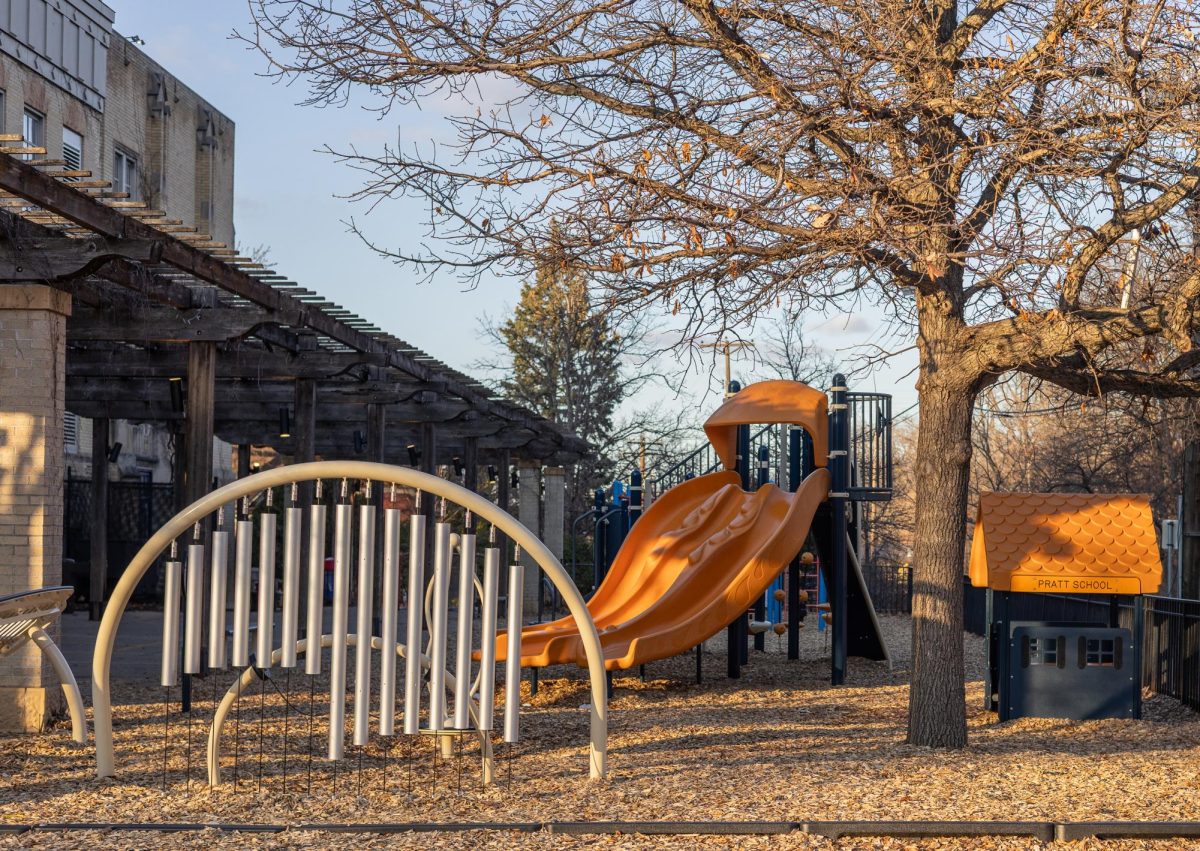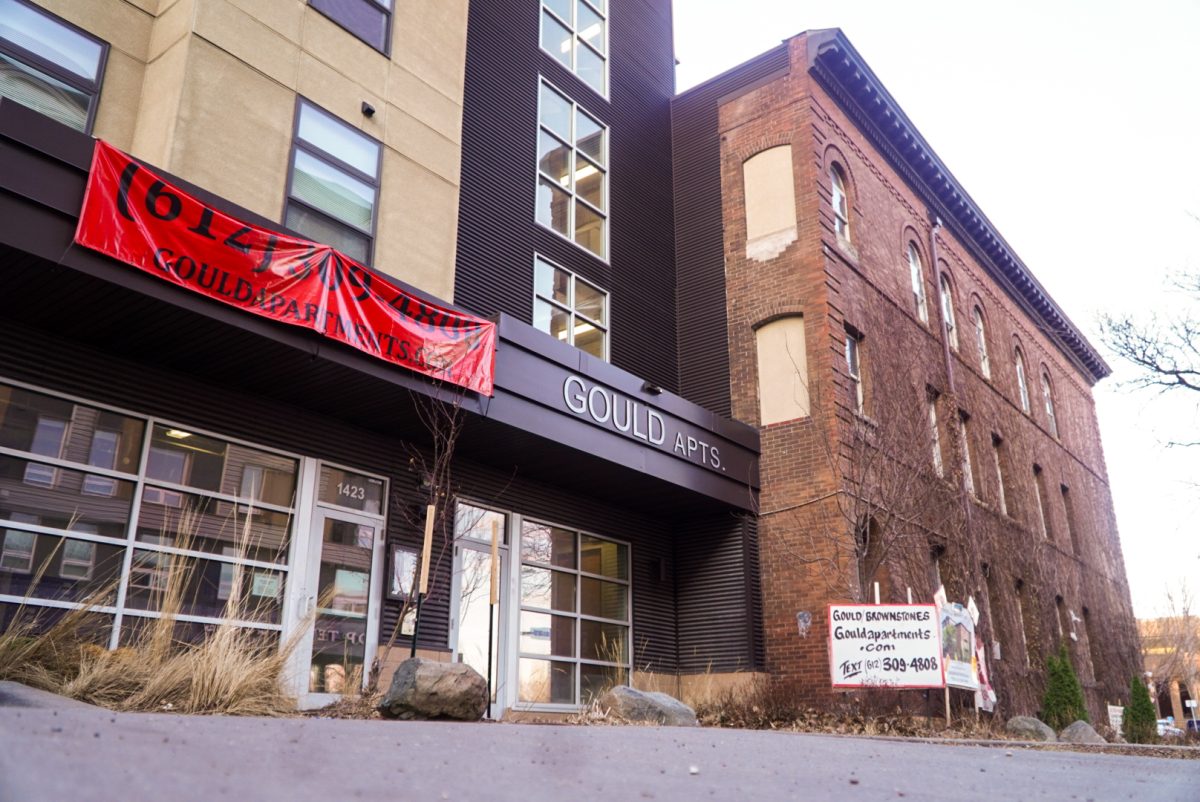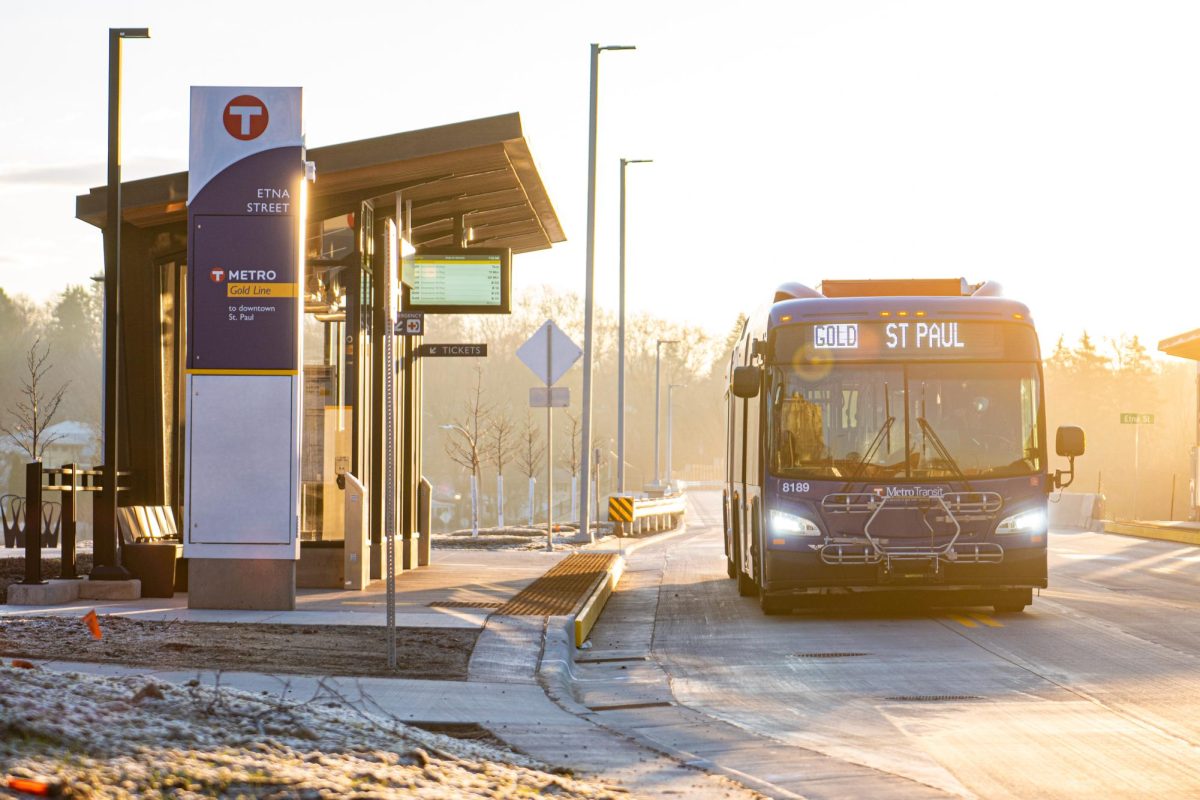Encouraging college students to go out and vote has historically been a tough feat.
Hoping to reverse that trend, the University of Minnesota is participating in the Minnesota College Ballot Bowl, a program created to encourage students across the state to register to vote.
The University is one of 68 campuses in the contest, which pits colleges throughout the state against each other to get the most voters to the ballot box on Election Day.
The program will award the schools with the highest student registration with prizes and a visit from Minnesota Secretary of State Steve Simon, whose office is putting on the event.
In order to encourage younger voters to register, Simon thought the contest would spur some friendly rivalry.
“It’s bragging rights,” Simon said. “What we envision is a traveling trophy, not unlike something you’d see at a Gopher game.”
Voters ages 18 to 24, in 2014, only voted at a rate of 20 percent, Simon said. In the last presidential election, a little over 50 percent of young voters participated, compared to 76 percent of older voters.
Minnesota was number one in voter turnout nine elections in a row, until the 2012 election when it dropped to number six, he said.
University professor and political science chair Paul Goren said young adults vote at much lower rates because they are less familiar with the political system and have less experience with voting as a whole.
“It takes young people a while to develop ties to the local community and get into the habit of voting,” he said.
College students move around a lot, and they can feel disconnected from their community if they’re not involved with local groups, said University political science professor, C. Daniel Myers.
“Low voter turnout among young adults shows the importance of campus groups and providing students that social push to vote,” he said.
Young adults also are less involved in the political system because they usually do not have to pay certain taxes, and many have not yet started families, Goren said.
But this election cycle, some students say they are refusing to vote because they dislike both major party candidates.
Simon said he understands the polarizing nature of this election.
“In past years, people would say the candidates are basically the same,” he said, “but nobody I know can say that with a straight face this year.”
He said there is a stark contrast between — not only the right and left political sides — but also the Independent and Libertarian parties.
Simon said even for those disillusioned by the election, it’s important to show up on Election Day. He said people feel the impulse to make a statement by refusing to participate, but he cautions this notion, saying that a lack of a vote means a vote for the opposing side.
“It’s in everyone’s own self-interest to vote,” Simon said. “Whatever issue you care about; … all roads lead to the ballot box.”
Wednesday was the final day for Minnesotans to register to vote pre-election, but citizens can still register on Election Day at the polls.







